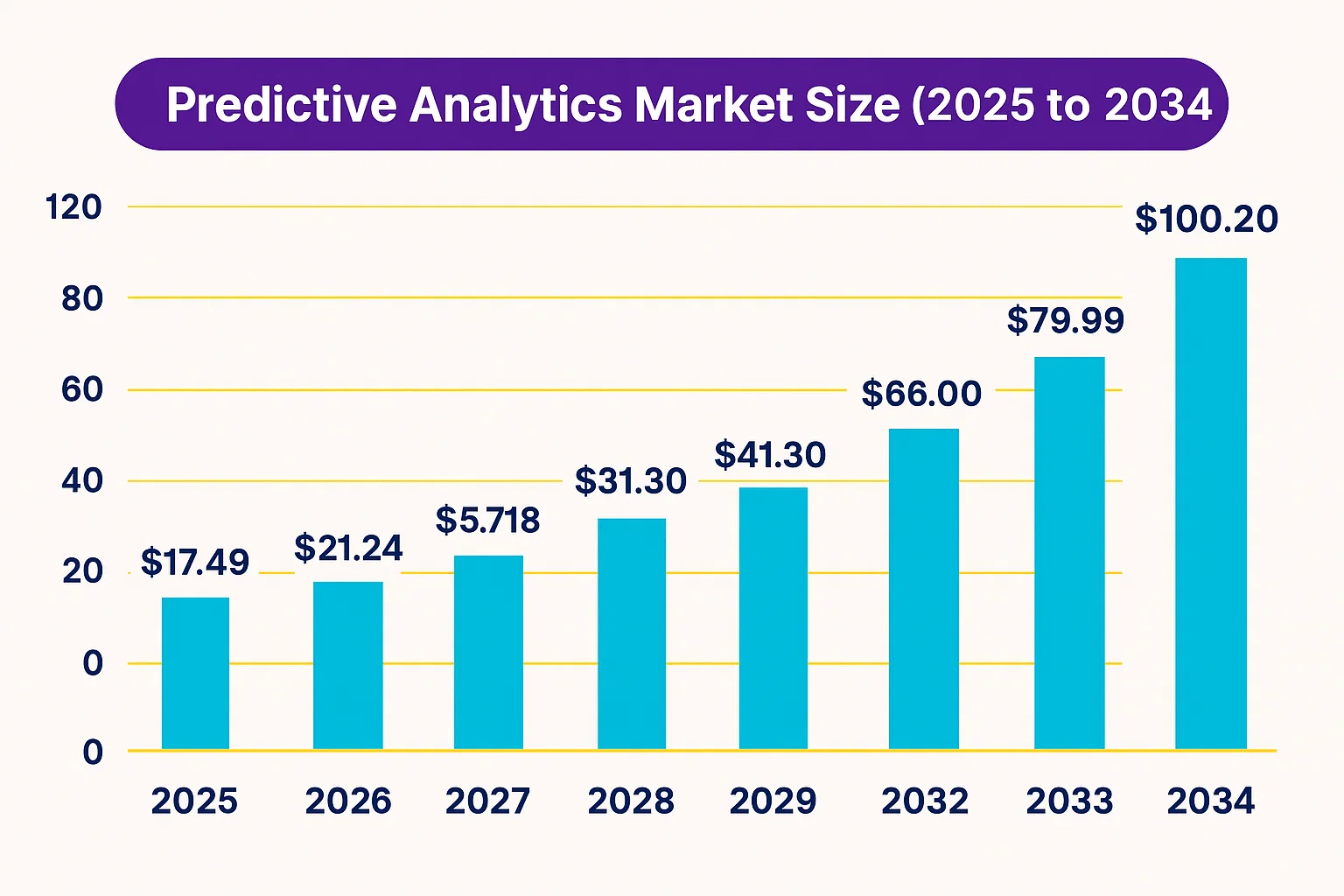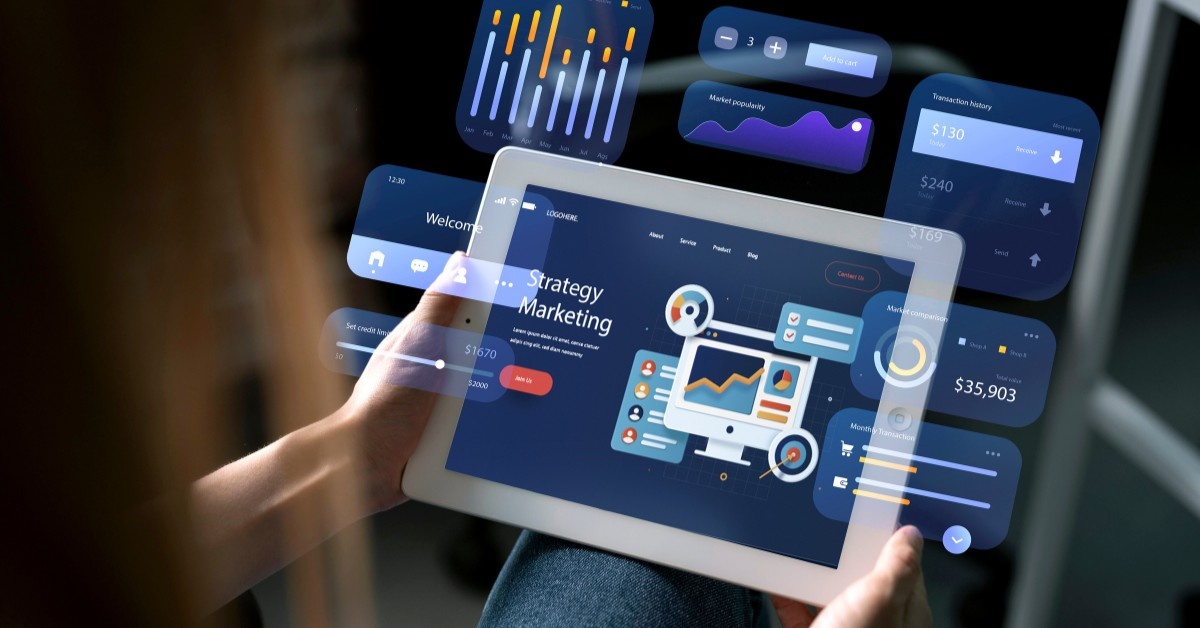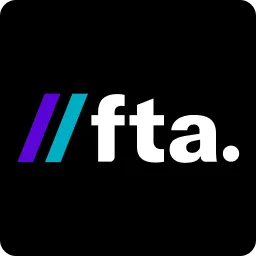What is Predictive Media Buying? How AI Forecasts Improve ROAS and Reduce Waste?
What is predictive analytics?
Predictive analytics is the use of data, statistics, and machine learning to forecast what is likely to happen next.
It studies past patterns to make future predictions, whether that’s customer behavior, sales performance, or campaign results.
Let's understand it with a simple example: If your past campaign data shows that website traffic increases every Friday and conversion rates spike when you run video ads, predictive analytics can forecast that investing more in video ads on Fridays will likely bring higher ROAS next week.
What is predictive media buying?
Predictive media buying is the use of AI and statistical forecasting to decide where and how much to spend before you buy the impression for an ad.
It combines historical campaign data, market signals, and model outputs to predict business outcomes such as ROAS, CPA, or revenue, then allocates budget to the highest probability returns and avoids expected waste, i.e., predictive analytics applied to media decisions.
How does it work?
- Consolidate clean historical data for spend and outcomes by channel and creative.
- Add drivers like price promotions, seasonality, distribution, and macro factors.
- Train models that forecast KPIs such as ROAS, CPA, or revenue by channel and audience.
- Run scenarios to find the mix that maximizes projected outcome within your budget.
- Push rules to buying platforms so the live spend follows the forecast and pauses when actuals fall outside confidence bands.
This workflow combines predictive analytics and MMM-based scenario planning.
Why should this be of concern to the CMOs?
Predictive media buying directly connects marketing efficiency with financial accountability - the two areas every brand is being measured on today. It shifts decision-making from “what happened” to “what will happen,” giving leadership more control over results before money is spent.
- Rising cost and complexity - Digital media costs continue to increase, attribution is fragmented, and privacy rules bite.
- Waste is visible - Every dollar spent on under-performing inventory is visible on the P&L in today’s environment.
- Predictive advantage = competitive advantage - Brands that forecast performance and optimise in advance gain budget efficiency, speed, and agility.
- Better alignment with business outcomes - Predictive media buying enables marketing to speak the same language as finance: expected revenue, cost-per-acquisition, ROAS scenario modelling.
- Faster decision velocity - Predictive insights shorten the gap between data and action. Instead of waiting for post-campaign analysis, teams can make real-time budget shifts based on live forecasts, saving both time and opportunity cost.
How to operationalise predictive media buying?
A predictable and efficient media engine needs structure. This six-step workflow keeps forecasting practical, measurable, and aligned with business outcomes.
1. Build a clean performance dataset
Bring together past spend, impressions, clicks, conversions, channel performance, and external factors like seasonality or market shifts. The model is only as good as the data that feeds it.
2. Set the right business metrics
Define the targets the organisation cares about, such as ROAS, CPA, or incremental revenue. These should be aligned with finance and sales so the forecasts translate directly into budget decisions.
3. Train or adopt predictive models
Use machine learning or time series forecasting to estimate how each channel, audience, and creative will perform. Techniques include regression, lookalike modelling, and time-based forecasting.
4. Run budget and mix simulations
Test scenarios before spending. For example, see how moving 20% from Social to Search changes projected ROAS or CPA. This helps you decide the mix with the highest probability of return.
5. Activate with clear decision rules
Push model-backed rules into your buying platforms. Set conditions like pausing when ROAS trends below forecast or scaling when performance exceeds expectations. This keeps spending aligned with the predictive plan.
6. Review and recalibrate continuously
Check forecast versus actual performance, adjust the model, and keep feeding new data. Predictive systems improve through iteration, not a time setup.
What does predictive media buying improve?
Here are the specific benefits predictive media buying delivers:
1. Improved targeting and segmentation
- AI models identify high-value audiences before they convert.
- Example: Targeting shifts from “Everyone in this demo” to “Individuals with high propensity to purchase next 30 days”.
2. Smarter bidding and budget allocation
- Media budgets shift dynamically toward campaigns with forecasted higher ROAS.
- Reduced waste from over-investing in channels/creatives that lack predictive strength.
3. Reduced ad waste
- By forecasting low-performing inventory ahead of spend, you avoid burning budget on underperformers.
- The net result: same budget, higher returns, or lower budget, same returns.
4. More predictable outcomes
- Forecasting enables you to present expected ROAS scenarios and align media strategy with business KPIs.
Tools that enable predictive media buying
Predictive media buying doesn’t cater to a single platform. It is a stack of five core tool categories that both enterprises and smaller agencies use, scaled up or down depending on budget and complexity -
1. AI-driven media buying platforms
These tools automate bidding, audiences, and placements using machine learning. They predict performance before campaigns launch and adjust spend in real time. Large enterprises use omnichannel DSPs while smaller teams rely on lighter AI buyers for channels like Meta and Google.
2. ROAS prediction and budget forecasting tools
These platforms analyse past and current performance to forecast ROAS, revenue, and CPA for upcoming campaigns. They guide where budgets should increase, where to cut, and which campaigns are likely to fatigue. They help both CMOs and finance teams align on expected outcomes.
3. Forecasting engines for media planning
These tools simulate future performance before any money is spent. They run mixed scenarios, test different spending levels, and estimate the impact of shifting budgets across channels. Enterprises use integrated forecasting engines while smaller agencies rely on simpler cloud-based models.
4. Media mix modeling solutions
MMM tools quantify each channel's contribution using historical data and external factors. Modern MMM adds forward-looking simulations to help marketers understand the most efficient mix for upcoming periods. It serves as the strategic layer that validates or adjusts channel-level forecasts.
5. Automation and orchestration systems
These tools operationalise predictive insights. They push decision rules live into ad platforms, automate pausing and scaling, surface alerts when performance deviates from forecasts, and streamline approvals. This layer ensures predictive planning actually shapes campaigns in real time.
Rising importance of AI in media optimisation

This growth curve shows how predictive analytics is shifting from a niche capability to a core requirement, with the market nearly doubling every 4 to 5 years as brands move toward forecast-driven decision-making. (Source: https://www.precedenceresearch.com/predictive-analytics-market )
Predictive media buying gives you an edge over competitive brands in 2025
AI-driven forecasting shifts media buying from reactive to proactive, from budget burn to budget leverage, from guesswork to precision.
At FTA Global, we believe the future of media buying is not about spending more. It is about spending smarter. Predictive media buying transforms the narrative from “did we get ROI after the campaign” to “here is the ROAS we expect and why.”
Do you want more traffic?

How to Scale Personalisation in ABM Without Losing Focus?
.png)
Why Small Tasks Are the Next Big Revolution in Business Efficiency?
.jpeg)
How Creative Optimization Drives 40% More ROI in Performance Campaigns










